I'm having a hard time understanding how module importing works in Python (I've never done it in any other language before either).
Let's say I have:
myapp/__init__.py
myapp/myapp/myapp.py
myapp/myapp/SomeObject.py
myapp/tests/TestCase.py
Now I'm trying to get something like this:
myapp.py
===================
from myapp import SomeObject
# stuff ...
TestCase.py
===================
from myapp import SomeObject
# some tests on SomeObject
However, I'm definitely doing something wrong as Python can't see that myapp is a module:
ImportError: No module named myapp

